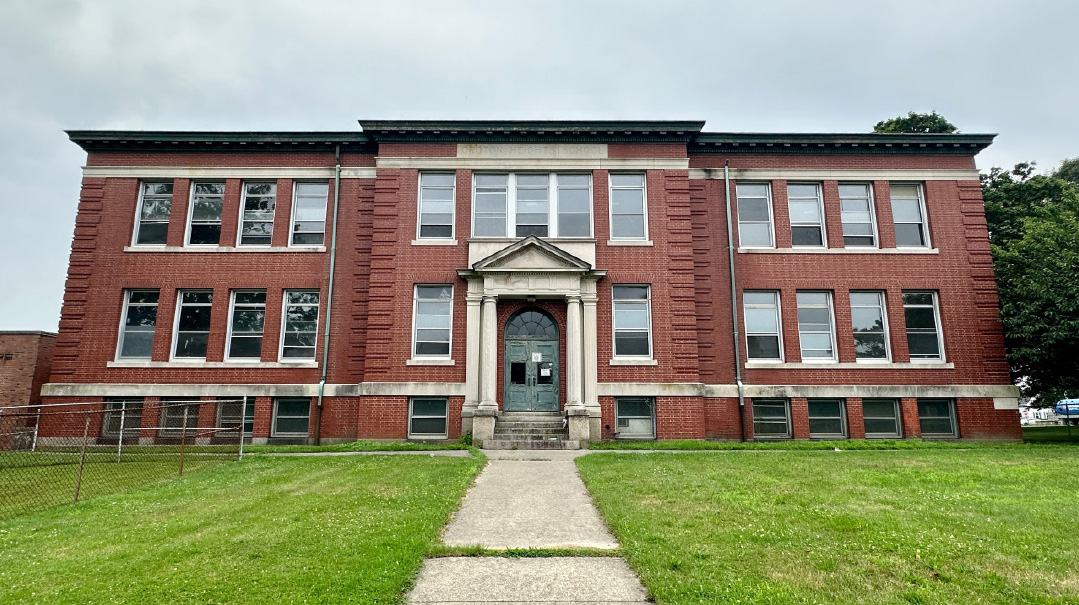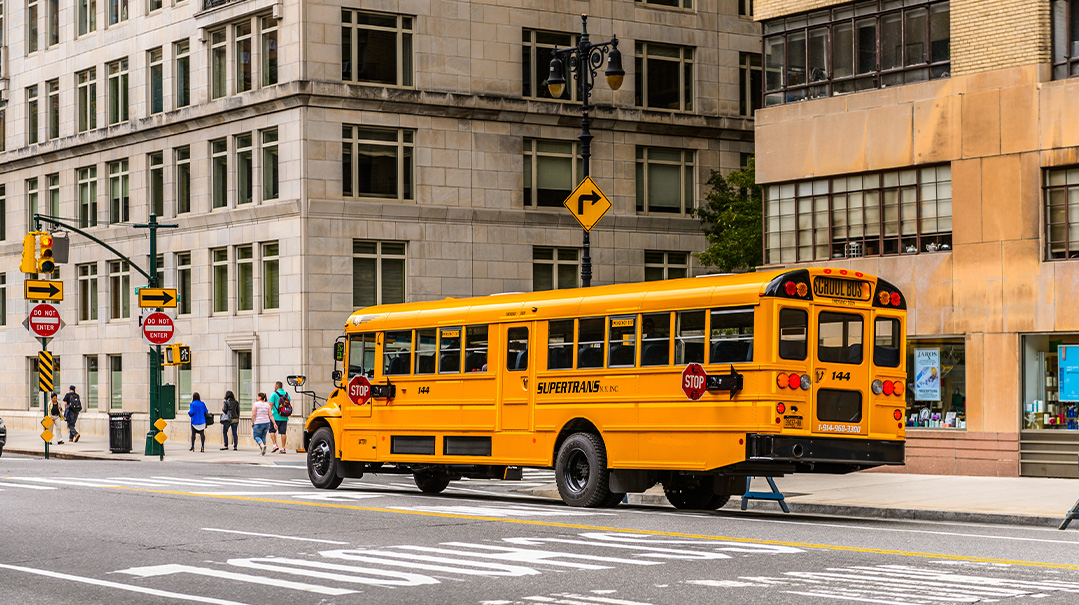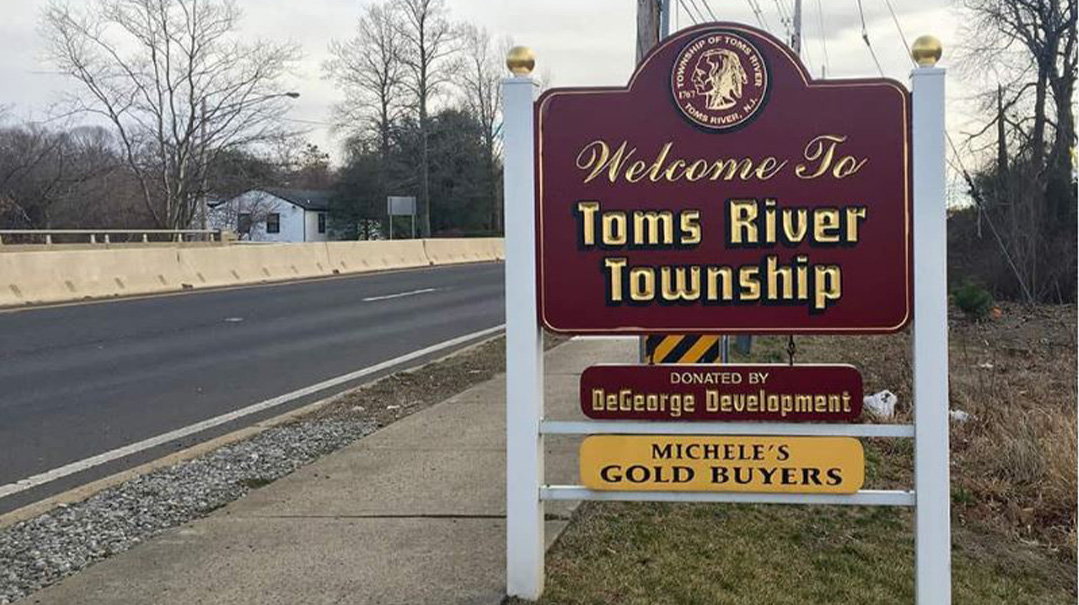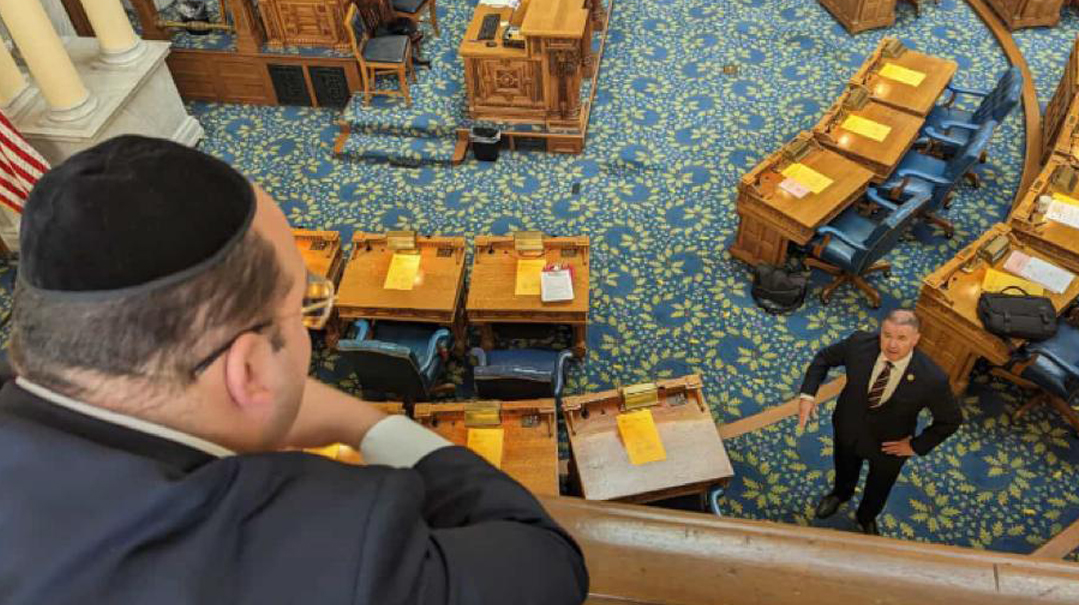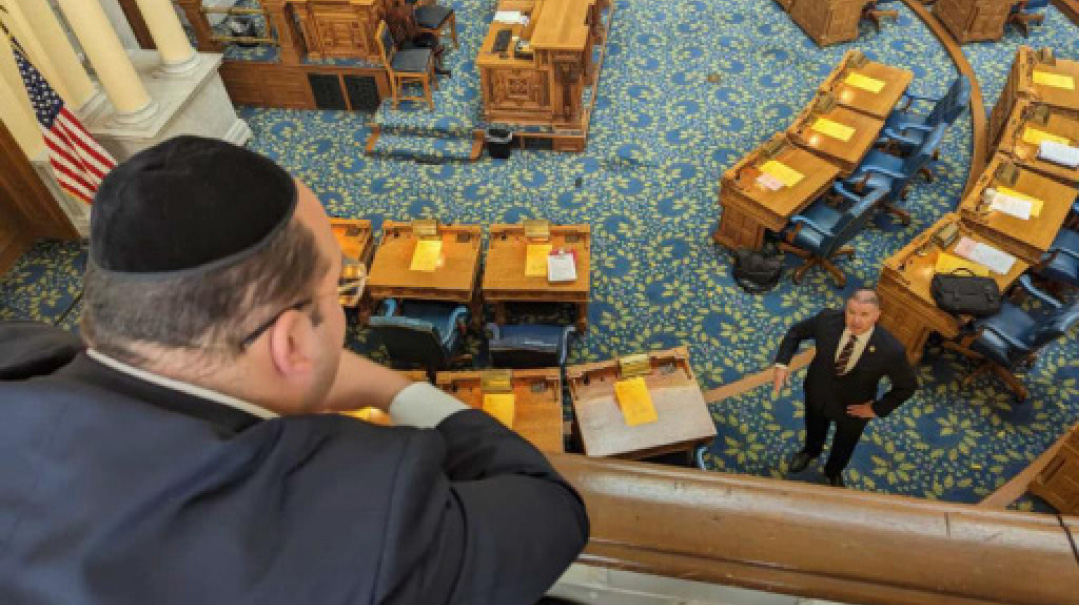Shul Seeks Life as Landmark

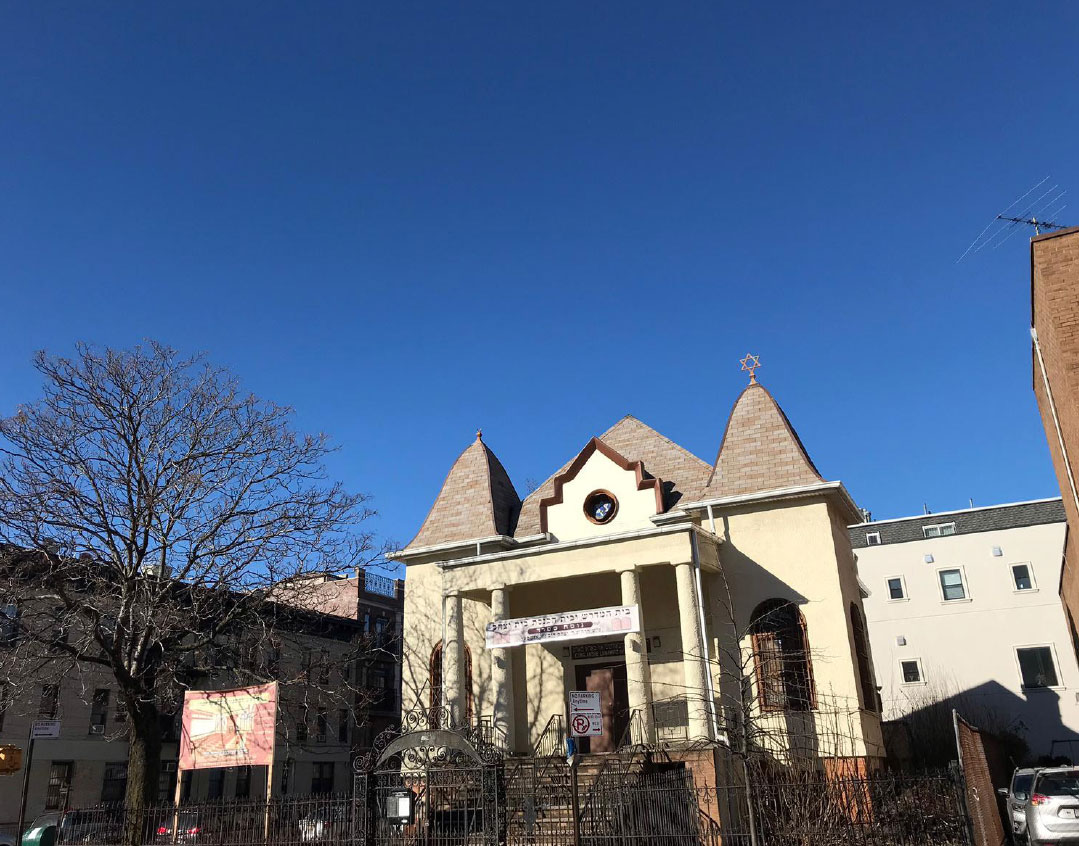
S
eeking landmark status for a building still in use is usually a headache that occupants would do anything to avoid. The legal designation brings in its wake a years-long bureaucratic process just to replace a window or add a wall. Yet one shul in Boro Park hopes obtaining that status from a New York City agency will be its lifeline from destruction.
Chevra Anshe Lubawitz is Boro Park’s oldest shul, and developers have a permit to raze the structure and rebuild it as a condominium apartment complex with space for a new shul. The petitioners, Joseph and Levi Goldberg, cite the shul’s tenement style and Moorish facade, as well as its status as the second-oldest building in the borough of Brooklyn to be built specifically as a shul.
“The synagogue has great significance to the Jewish history of Boro Park, and also for the history of Brooklyn,” the brothers write in an appeal to Sarah Carroll, chair of the Landmarks Preservation Commission, “and is believed to be the oldest undesignated purpose-built synagogue still in synagogue use in Brooklyn.”
The shul, built in 1906, has a dwindling membership from its heyday in the 1950s, when Joseph Goldberg recalled blowing shofar on Rosh Hashanah in a shul “packed from wall to wall with worshippers.”
The developers, who purchased the property in a way that some mispallelim say was underhanded and for a dirt-cheap price, assert they will make better use of the sprawling site by knocking the shul down and building housing. They promise to provide a spacious area for the shul once the complex is done.
The mispallelim, as well as Chabad officials who cite the special relationship the shul has had with its leaders, say they want the shul as is. They took the developers to a din Torah, and following that, a courthouse. There is a stop-work order in place, but they are counting on obtaining landmark status to keep the crane’s booms away from the shul.
Supporters of the motion dismiss the downside that landmark status brings. The famed Beis Hamedrash Hagadol shul on the Lower East Side, for example, used to boast one of the largest crowds in the city. When Rav Yaakov Joseph became New York’s first chief rabbi in the late 1800s, Beis Hamedrash Hagadol was where he delivered his inaugural drashah.
The shul’s fortunes cratered in the years and decades to come, however, and many blame the 1999 landmark designation for sealing its fate. That status prevented it from being brought up to date, and when a blaze gutted it two years ago, it was shuttered for good.
Anshe Lubawitz, 113 years strong, has a storied history as half a dozen generations of Boro Parkers paraded through its halls and past its imposing white pillars. It was built to house Temple Beth El just as Brooklyn was becoming Jewish, but it was sold in the 1920s to Lubavitch and renamed Chevra Anshe Lubawitz.
The rebbes of Chabad apparently attached great significance to the shul on 12th Avenue and 41st Street. Rav Yosef Yitzchok Shneersohn, the Rebbe Rayatz, made it one of his first stops while visiting the United States in 1929, and his successor, Rav Menachem Mendel Schneerson, frequently inquired about its goings-on.
The petition for landmark status is accompanied by supportive letters from neighborhood rabbanim, Chabad representatives, historians, and elected officials.
Even Jumaane Williams, the city’s incoming public advocate and a city councilman of a district neighboring the shul’s, added his name in support.
“Chevra Anshe Lubawitz of Borough Park opened its doors in 1914, over a century ago,” Williams wrote. “It was the first synagogue in a neighborhood that grew into one of the most important Jewish communities not only of New York but the nation. It is my strong belief that this location should be landmarked and preserved as a piece of history and a cultural cornerstone.”
(Originally featured in Mishpacha, Issue 754)
Oops! We could not locate your form.








